The Different Kind of Paints And Their Uses

Painting is about more than simply making the exterior and interior of a building look prettier. In fact, it serves an important function in protecting surfaces and reduce damage than can come about from being exposed to the elements. The process of painting is therefore not simply about slapping on a coat of paint and not worrying about it again; it pays to think about the type of surface you’re painting on, weather conditions and ensuring that the paint job lasts for as long as possible.
A general understanding of paint type and what they are best used for can put you in a much better position to handle the work yourself and get a quality result!
Primers
As we’ve emphasised in many of our previous blog posts, surfaces need to be thoroughly cleaned before applying the primer or first coat of paint. In some circumstances, sanding and smoothing out the surface, as well as filling any cracks or gaps is a must.
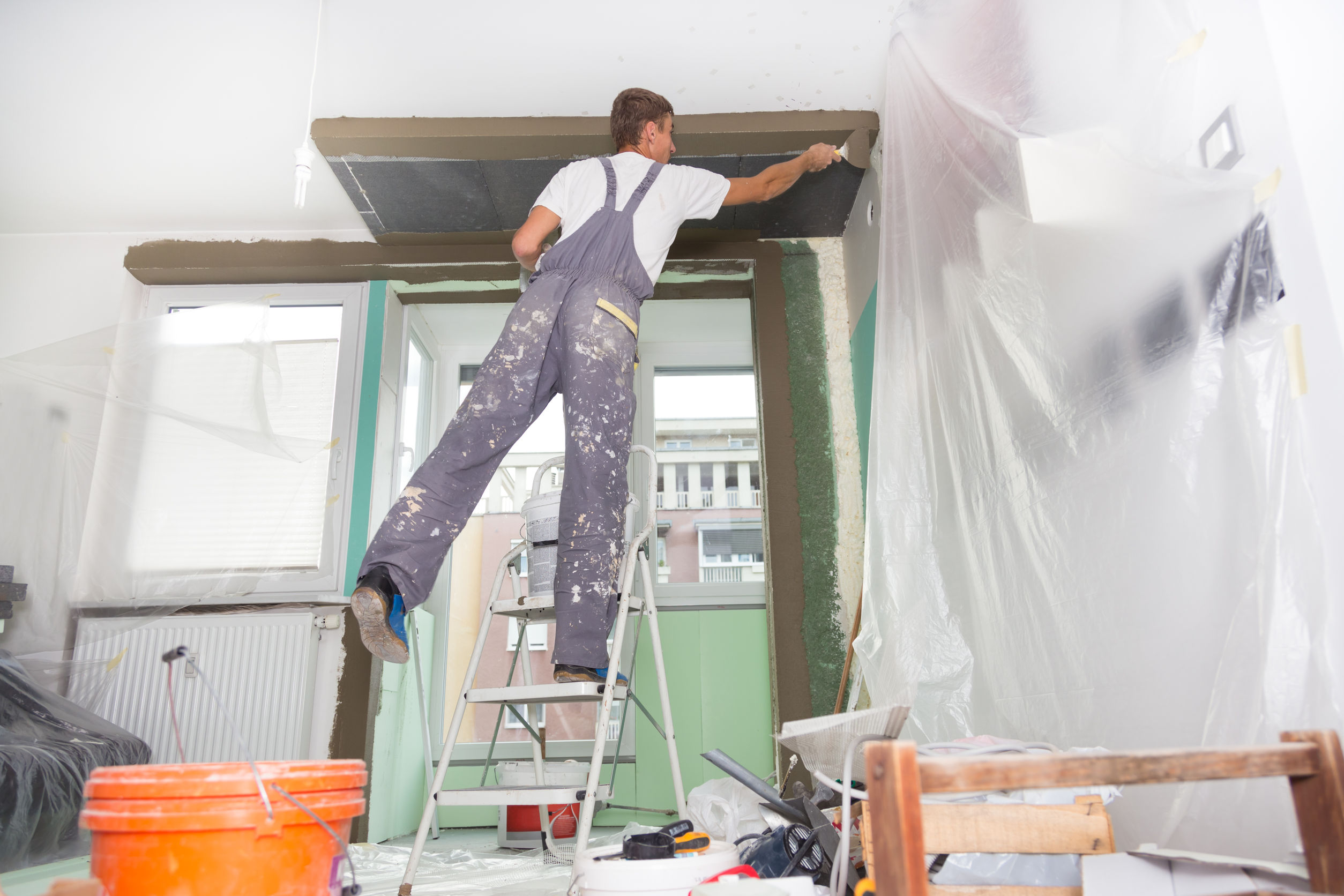
Typically, a primer coat is then applied and this is particularly important if the surface has not been painted previously. The surface of a wall is not always as adhesive as is ideal; a primer provides a foundation that the paint can be applied to smoothly and consistently. It also acts to protect the material that is being painted, whether it be plaster, timber, etc. Lastly, it ensures that the solvents in the paint are not evaporated and the paint dries at an idea rate.
Of course,different primer solutions are appropriate for different kinds of surfaces. Whether you’re making your own (this can be done by thinning paint) or buying a pre-made primer, it’s important to do your research and make sure you’re using a primer that suits the surface and the paint you’ll be using.
First Coats
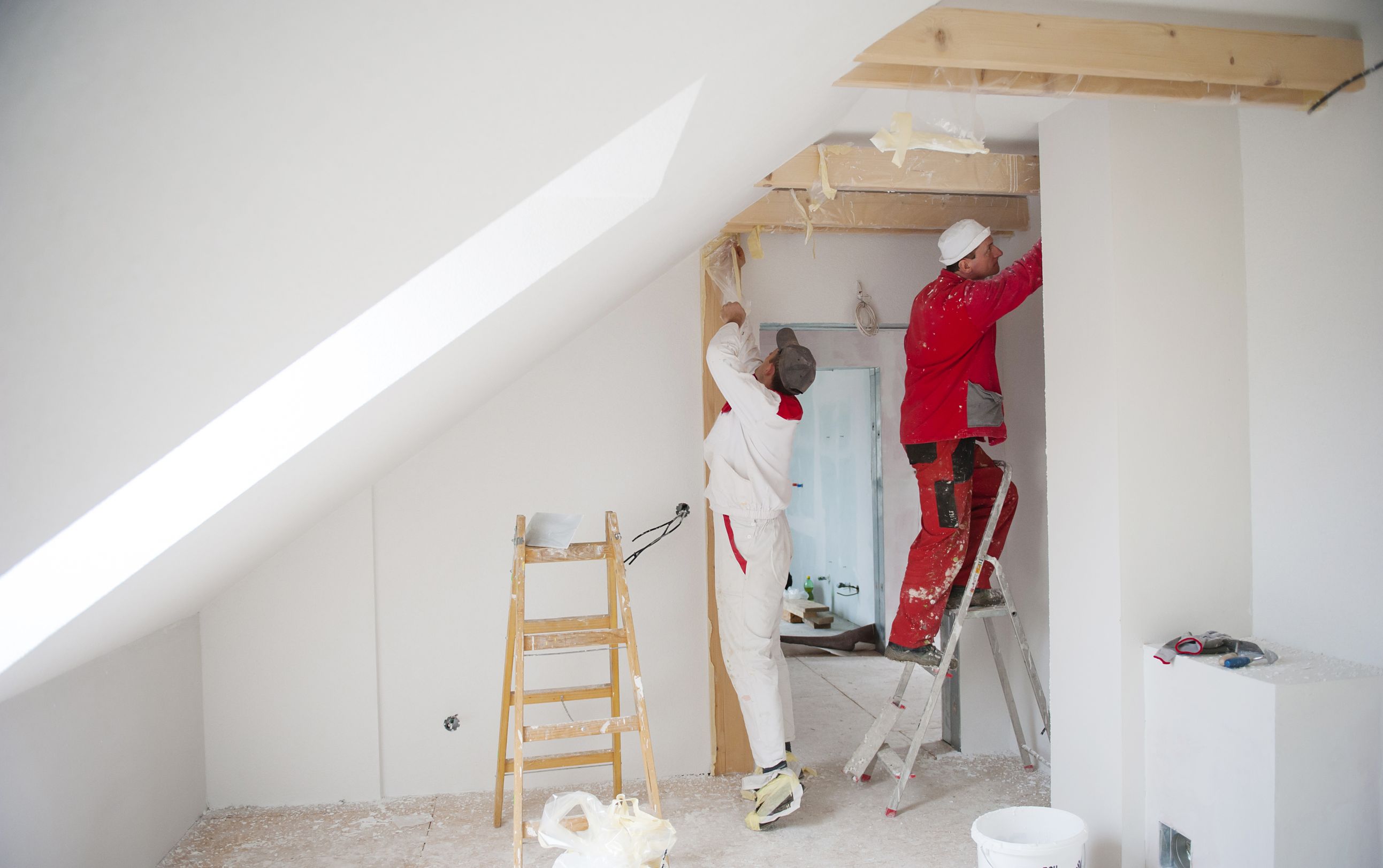
Once you’re primer is applied, it’s time to consider the colour you’re going to be painting the wall. One of the biggest reasons to use one or more coats of paint over the finish coat is to ensure an even and smooth colour once the job is done. Some residential painters will use multiple undercoats before applying the final decorative coat, but usually you can get away with just one.
However, if you’re planning on on having a darker coloured wall on a light surface, it might be worthwhile apply a few extra coats underneath. Failing to do so can result in an unsightly, uneven finish and a colour that is not at all what you expected. Keep in mind that there are special exterior first coat options that are a little more heavy duty than what you’d use indoors.
Finish Coats
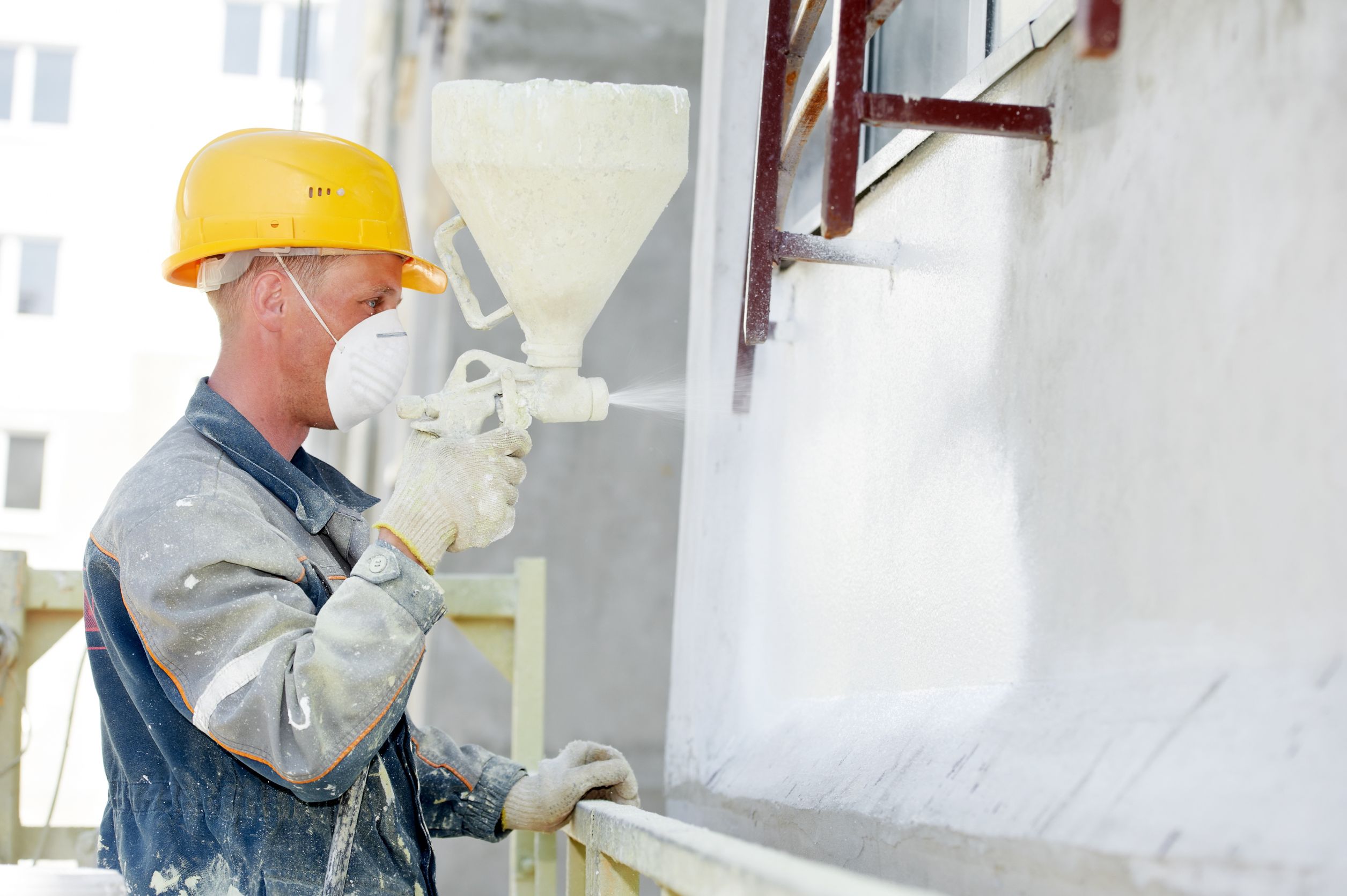
When it comes to the final coat, you really just need to figure out what kind of finish you’re looking. You’ve obviously already got a colour in mind and would’ve used undercoats that complement it, but it’s important to think about the paint sheen you will choose.
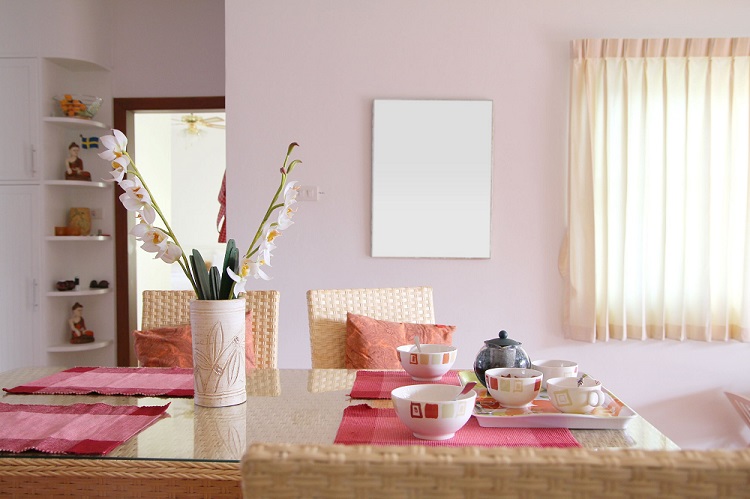
Flat paint types are possibly the most widely used for various reasons. They are low-sheen, non-reflective paints that have a soft appearance, making them preferable if you’re going for a modern look. One of the main advantages is the fact that they can hide imperfections in the wall quite effectively and are a lot easier to apply for DIY painters. However, the consistency of flat paints is dry and chalky, which can make the surface more difficult to clean.
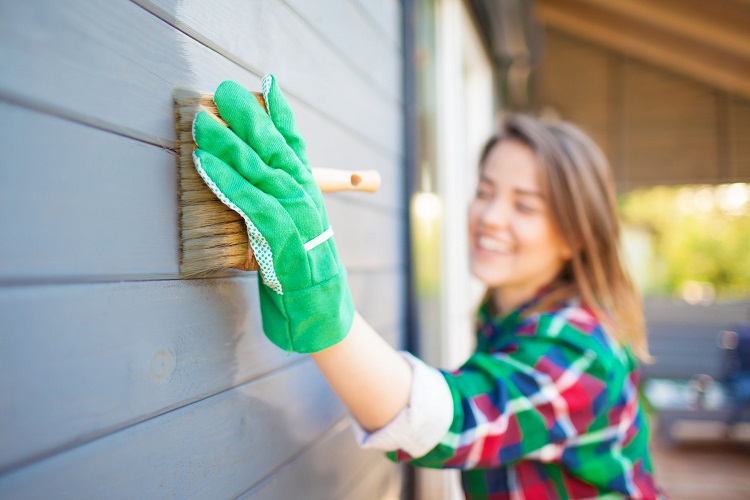
Eggshell paints are known for their durability and are the mid-point between satin and flat paint varieties. Providing a slight sheen, it is often used when painting on timber or woodwork, and provides more of a classic, heritage-style appearance.
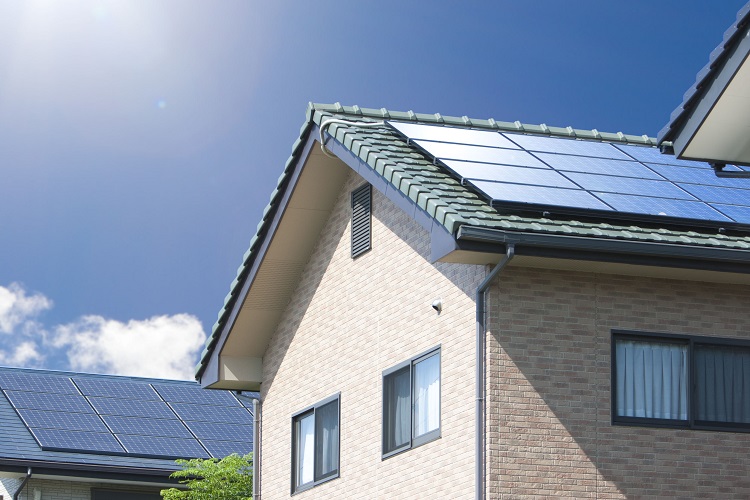
Satin finishes are the shiniest and glossiest of the bunch, with a somewhat waxy appearance. This is often the preferred paint type for exterior walls as it can make a building pop, so to speak, rather than giving a dull appearance. Be mindful of the fact that if you have not mixed the paint correctly, you might wind up with an uneven sheen. The materials that cause the sheen in the paint can easily separate from the rest of the solution, which causes this.
House painting might seem straightforward but there’s a lot to think about. Even professional residential painters can make mistakes from time to time and it’s always important to ensure you are properly prepared. If you have any questions, keep in mind that you can always talk it over with a professional at Premier Painting. Contact us today for more information.










